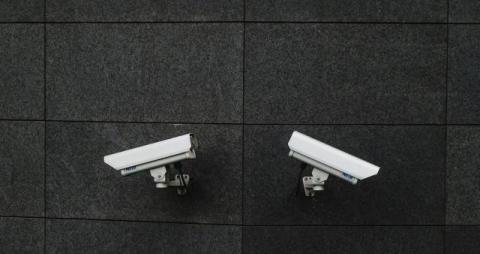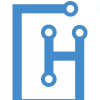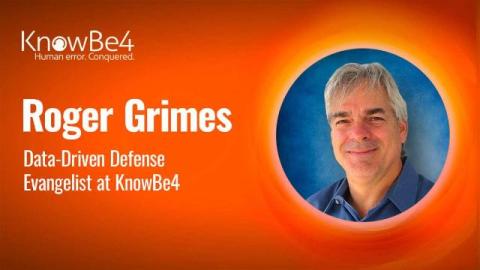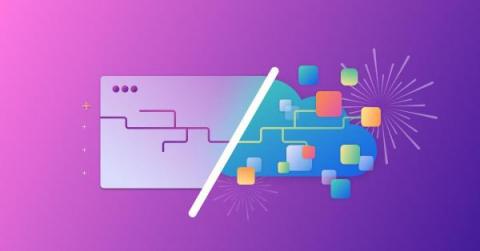New VPN Credential Attack Goes to Great Lengths to Obtain Access
A new “so-phish-ticated” attack uses phone calls, social engineering, lookalike domains, and impersonated company VPN sites to gain initial access to a victim network. This is one of the most advanced initial access attacks I’ve seen. Security analysts at GuidePoint Security have published details on a new attack that tricks users into providing the attacker with credentialed access.











